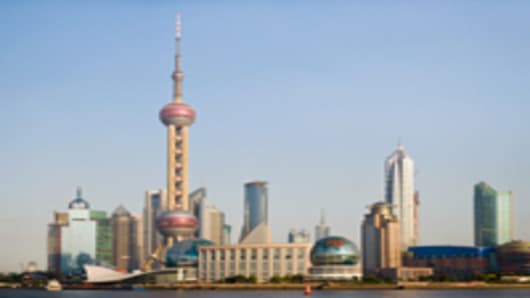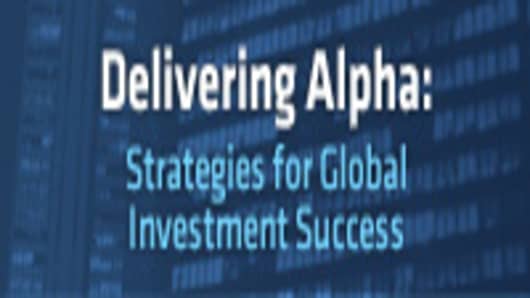Estimates of the size of local debt range from the official 10.7 trillion yuan to an unofficial figure of 14 trillion yuan. With more than half that debt due to mature by the end of next year, Beijing will need to restructure local debt and prevent a major bank default, HSBC chief economist for greater China Qu Hongbin wrote in a report in August.
But the problem is still manageable, Qu believes, with total government debt in China still at just over half of GDP. That’s considerably lower than the developed world and most emerging countries.
Beijing’s continued credit tightening and higher interest rates will curb growth, but aren’t destroying it, the economist believes. “Bottom line: growth in China is moderating, not collapsing,” Qu wrote in a report on the country’s manufacturing figures, which showed a slight pickup in August over July. “Inflation, not growth, remains the top near-term macro risk for policy makers.”
With such big-picture concerns, though, stock analysts have deeply divergent views on which way the Chinese market is headed. John Tang, the China strategist at UBS, has said that Chinese stocks could still plunge to their 2008 lows, which would imply another drop of 25 percent to 30 percent.
But other market watchers have suggested China could be a bargain or even a safe haven.
“Our macro call on the Chinese economy is that it will have a ‘sluggish landing’ due to the over-investment and over-extension of credit in the past few years,” a team of Credit Suisse analysts wrote in a market briefing on Aug. 9. “So, growth will be relatively subdued but not really a ‘hard landing.’ So investors should consider some bottom-fishing at the current level.”



